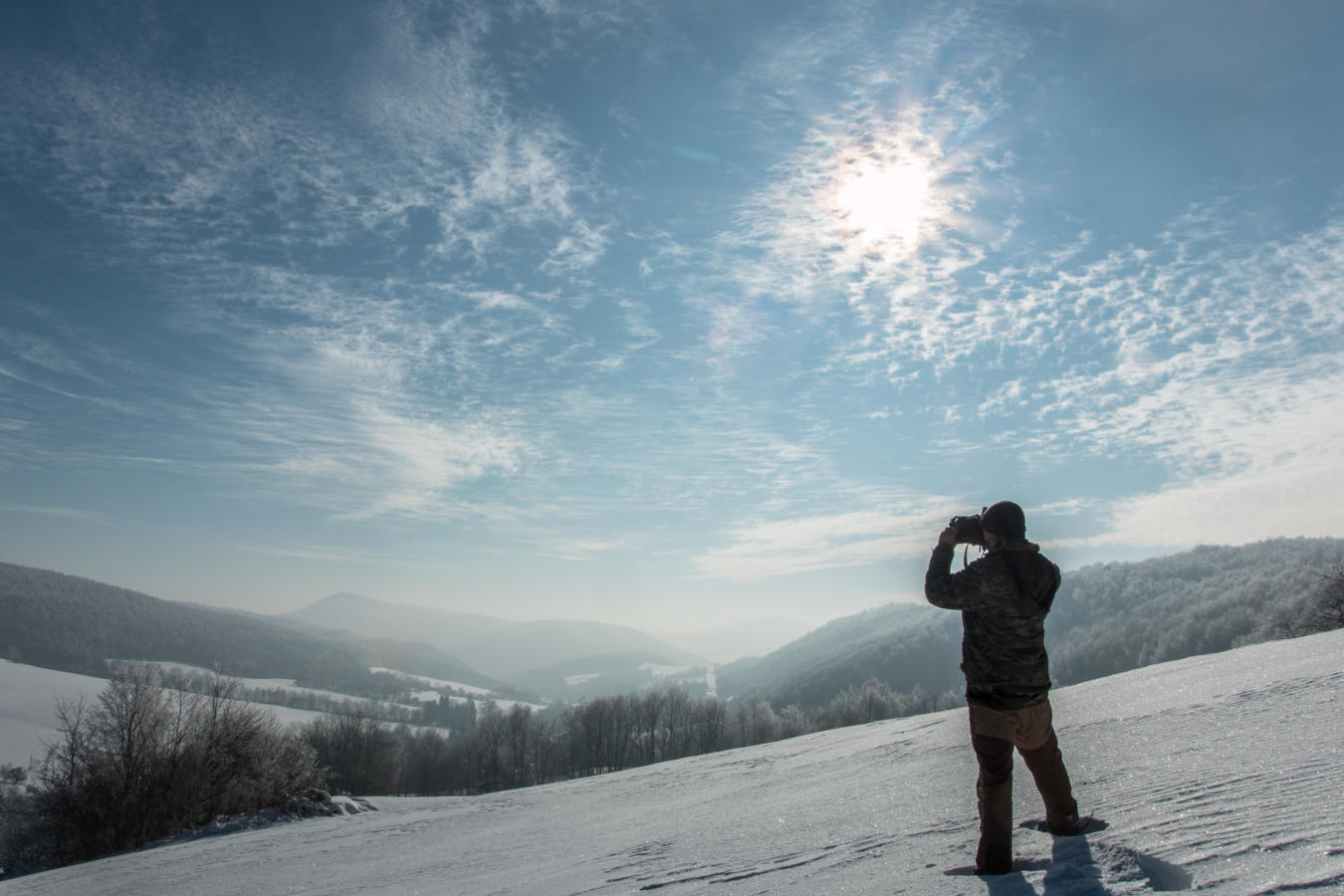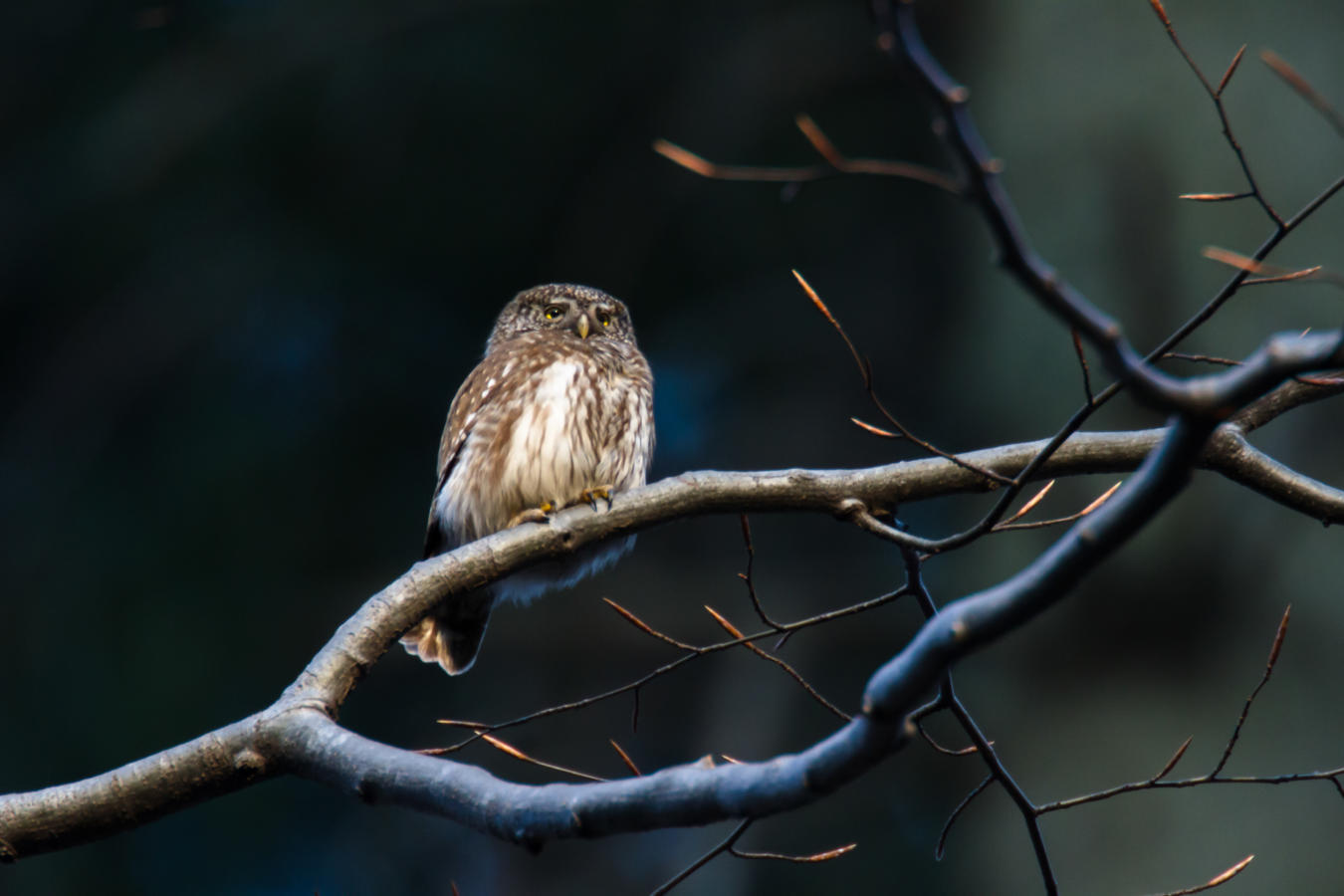Shift the campaign towards zoning the Poloniny National Park: Instead of demanding a stricter protection zone, we must fight to maintain the current size and not worsen the conservation status.

One of Europe’s last remaining wilderness areas is located in the heart of the Carpathian Mountains. Bordering Poland, Slovakia and Ukraine, the “Wolf Mountains” stretch across a wide area, which for many years was abandoned due to its location along country borders. As a result, large patches of uninterrupted old-growth forests can still be found here. The area is covered with beech and fir-beech forests, valley meadows, high mountain meadows, and natural river ecosystems, which create a stunningly beautiful mosaic of habitats and scenery.
Many mammals like wolves, brown bears, Eurasian lynx, wild cats, European bison and beaver still live here. The area is also home to an impressive number of birds, including Lesser Spotted Eagle, Golden Eagle and Ural Owl as well as nine of the European Woodpecker species, to name a few. The uniqueness of this landscape is recognized through its inclusion in the UNESCO Man and Biosphere Reserve ‘East Carpathians’ and in Slovakia, the World Heritage Site ‘Ancient and Primeval Beech Forests of the Carpathians and Other Regions of Europe’.
- Program: Wolf Mountains
- Size: 814 km²
- Lead: Monika Kotulak (FZS), Rastislav Mičaník (Aevis), Małgorzata Górska (OTOP)
- Start: 2016
We want to protect and safeguard the Wolf Mountains for future generations. Therefore, since 2016 we support our national partners, The Aevis Foundation and OTOP (as well as the Natural Heritage Foundation between 2017 and 2020) in their efforts to create a 100.000-hectare conservation area around the Slovak/Poland/Ukraine border. In Poland this would include 37.300 ha of new nature reserves, the extension of Bieszczadzki and Magurski National Parks and the establishment of Turnicki National Park; and 19.590 ha in Slovakia through expansion of Poloniny National Park. In Slovakia, improved protection has been achieved for over 2.000 ha through the creation of two new nature reserves: Vihorlat and Rydosova. The program also submits applications for protection zones, for example around nesting sites of rare birds. To date, 13 such zones have already been created in the Polish part of the Wolf Mountains.
We are running nature inventories and preparing documentation for two new nature reserves each year from 2021. So far, two were approved, for others, our advocacy work continues. We also work with partners to strengthen protection in the national parks, advocate for the expansion of protected areas and increase connectivity to newly established ones in Ukraine.
Given the complex circumstances in the region, conservation can only work if communities benefit from intact landscapes and protected areas. We are working on establishing at least two conservation entrepreneurships in the sphere of sustainable tourism – including an information center where visitors can rent bicycles to explore the area, and a camping ground. FZS, together with partners, plans to help other nature-friendly business ideas in the region. We also support local producers in branding, promoting, and selling their goods.
FZS and partners help to manage the Wolf Mountains as a destination offering eco-tourism guided tours in the region with local guides. Together with our partners, we promote Poloniny National Park in Slovakia as a sustainable tourism destination that will bring tangible benefits to local people.
We communicate the benefits of wilderness protection to the general public through online campaigns on social media, the production of videos on the area, and by organizing public events.


Establishment of two nature reserves in Poland “Kozie Żebro” and “Markowiec-Gródek” and enlarging the existing nature reserve ‘Zwiezło’ to over 484 ha, now named “Zwiezło w dolinie Olchowatego”. Documentation for two further proposed nature reserves “Piotruś” and “Stanków Łaz” submitted to relevant authorities.
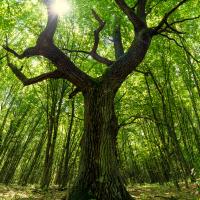
Identification of key high natural value areas around Magura National Park for better protection identified and signalized to the Ministry of Climate and Environment for further discussions. Advocacy works started to improve the protection of State Forests at a local level.

Conference of the Coalition 10%: “Together for Wild Nature” – more than 115 participants plus more than 300 online. A high-profile policy paper addressed to the new Polish government was sent, concerning key environmental issues in Poland including a need for new protected areas and more environmentally friendly forest management.

OTOP completed field inventory and submitted a proposal for protection of three new nature reserves in Wolf Mountains region: “Jodły Łemkowskie”, “Szachty” and “Zagłębek” and launched a campaign with a petition calling for adoption of new nature reserves.
Launch of e-shop for Slovak regional producers.

Nature tourism in Poloniny developes with new excursions, refurbished bike trials of the total length of 130 km and hiking trails of 40 km.
Our partner OTOP initiates a series of workshops supporting nature-based entrepreneurs in the region of the Magursky National Park.

Establishment of the “Coalition 10%” of 11 NGO’s working towards implementation of EU Strategy for the Biodiversity 2030 in Poland.

Monitoring of large carnivores enhances thanks to new camera traps provided to the national parks.

Campaign for a change in nature protection in Slovakia launched and succeeded in changing the nature protection act.

Documentation for a new national park in Poland, Turnicki, and enlargement of existing park, Bieszczady, published.

Launch of first sustainable tourism business run by Aevis in Poloniny National Park – the information centre and bike rental, first local product and services certified by Poloniny quality brand.

Two new nature reserves established in Slovakia: Vihorlat (2,160 ha) and Rydosova (88 ha)
Start of cooperation with OTOP BirdLife Poland.

37 applications for the establishment of protected areas for protected species (e.g., lesser spotted eagle, pygmy owl, lungwort) were submitted to the Regional Directorate for Environmental Protection in Poland. 13 protected areas were established.

Ancient Beech Forests UNESCO WHS border delineation finished, and strict protection is dedicated for an area of 5.981 ha in Slovakia.

Launch of the new sustainable destination high-quality brand Poloniny – neskutočne skutočné to promote local products and services.

Concept of sustainable regional development in Snina district is finished and presented at an international conference with local stakeholders in Snina, Slovakia.

Start of implementation of a new project “Chance for the Nature, Chance for the Region” for better nature tourism development in Poloniny and wider, in Slovakia.

Production of more than 40 high quality short movies, informing on wildlife issues in Poland and the Wolf Mountains.

Start of FZS cooperation with the Natural Heritage Foundation in Poland (2017 – 2020)

Designation of three key areas as nature reserves in the Bieszczady Mountains, covering an area of 1,194.09 hectares.

Conducting two photography workshops for 60 people in Poland and an excursion to Ukraine to the planned Boikivshchina National Park.
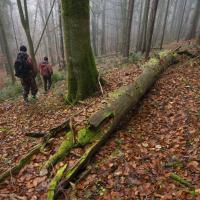
Conducting initial workshops on nature and nature tourism for 20 households offering bed and breakfast services in the Bieszczady National Park region.
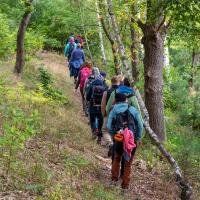
Nature business concepts developed, launch of the first eco-tourism guided tour in Poloniny National Park.

Start of FZS cooperation with national partner Aevis in Slovakia















